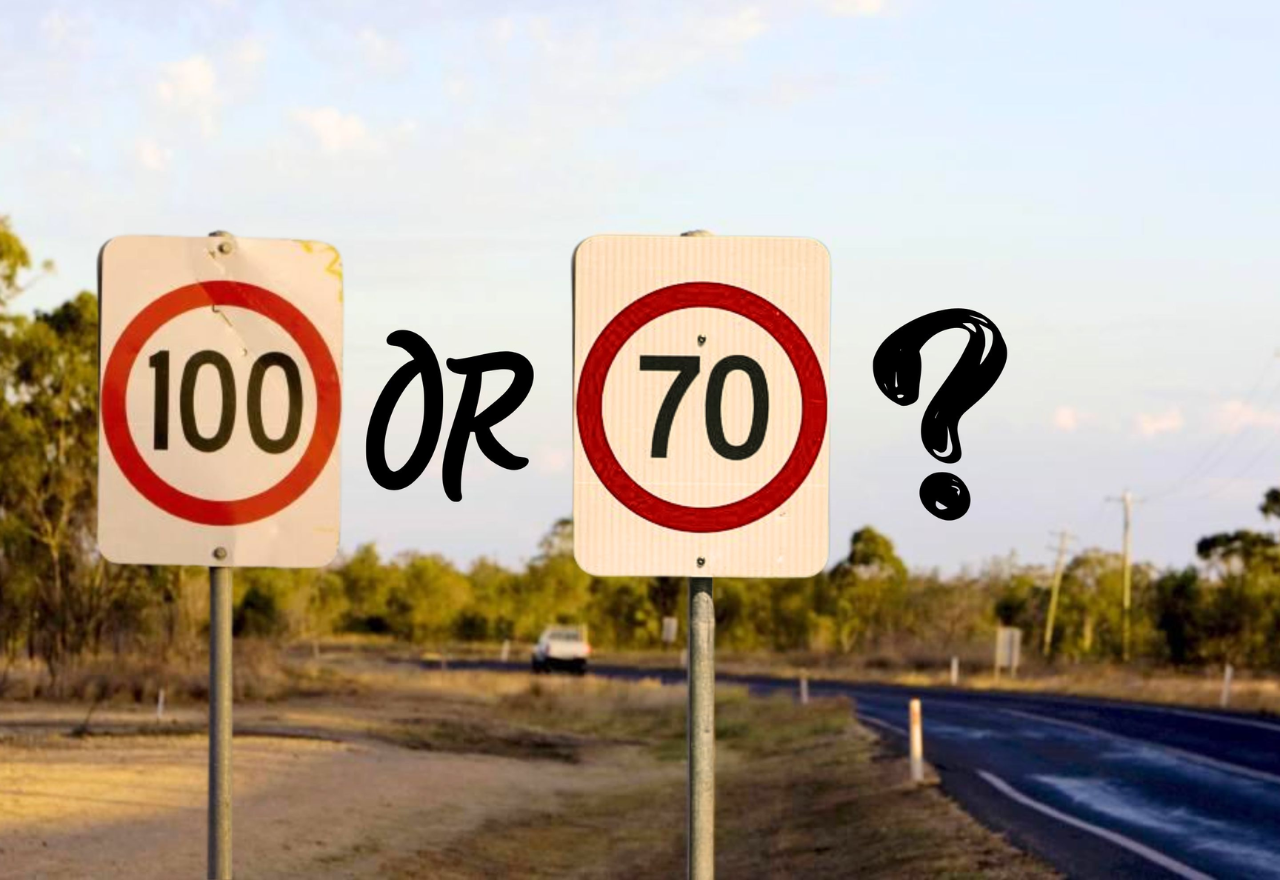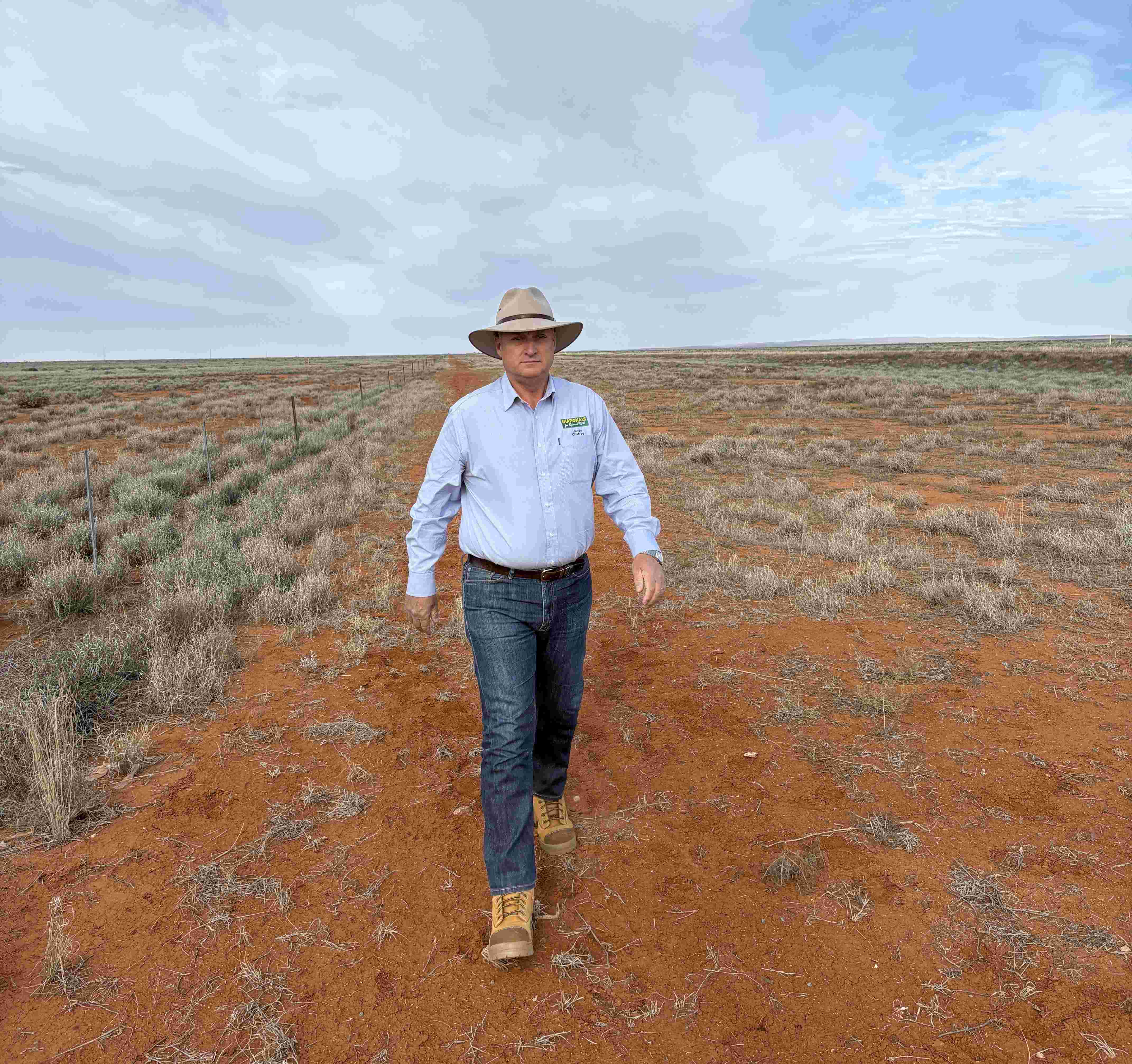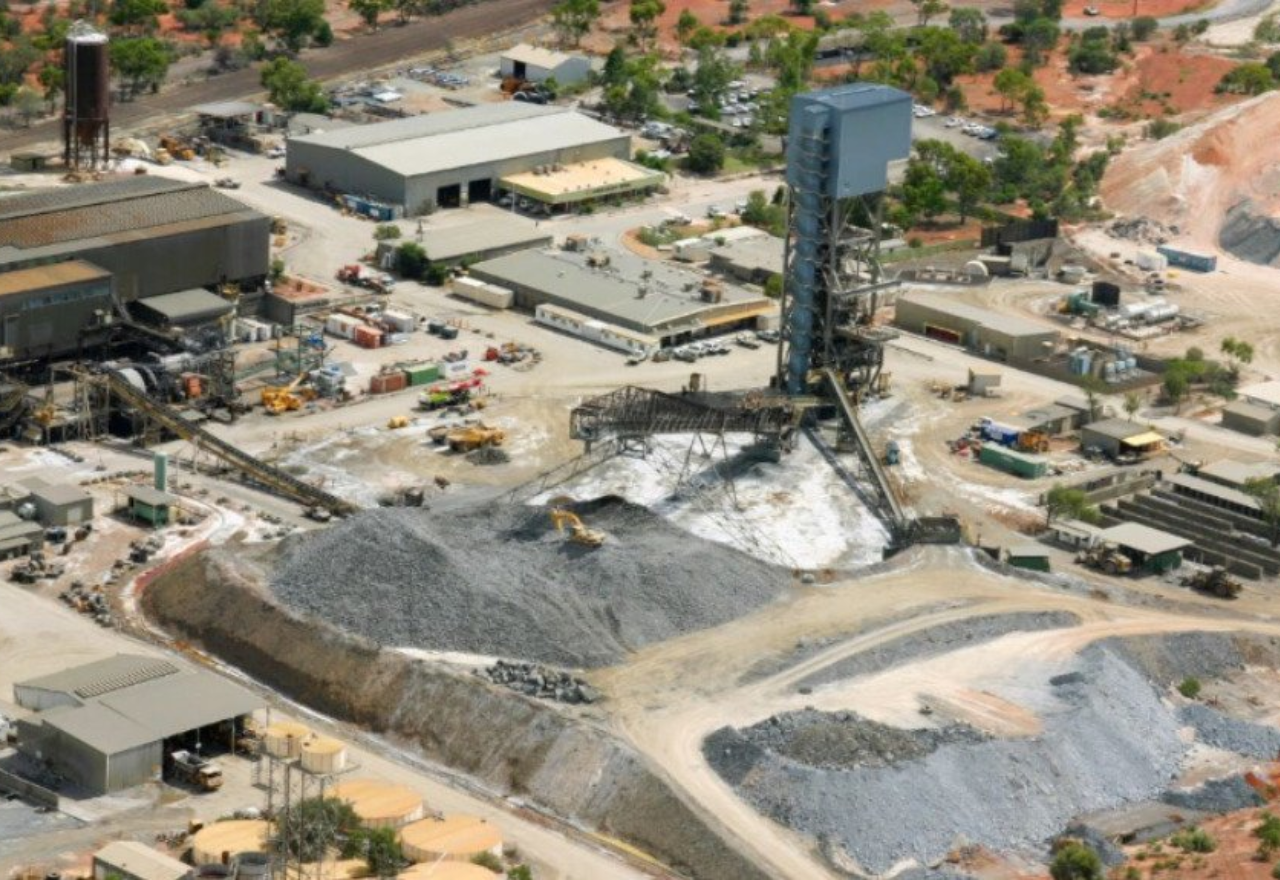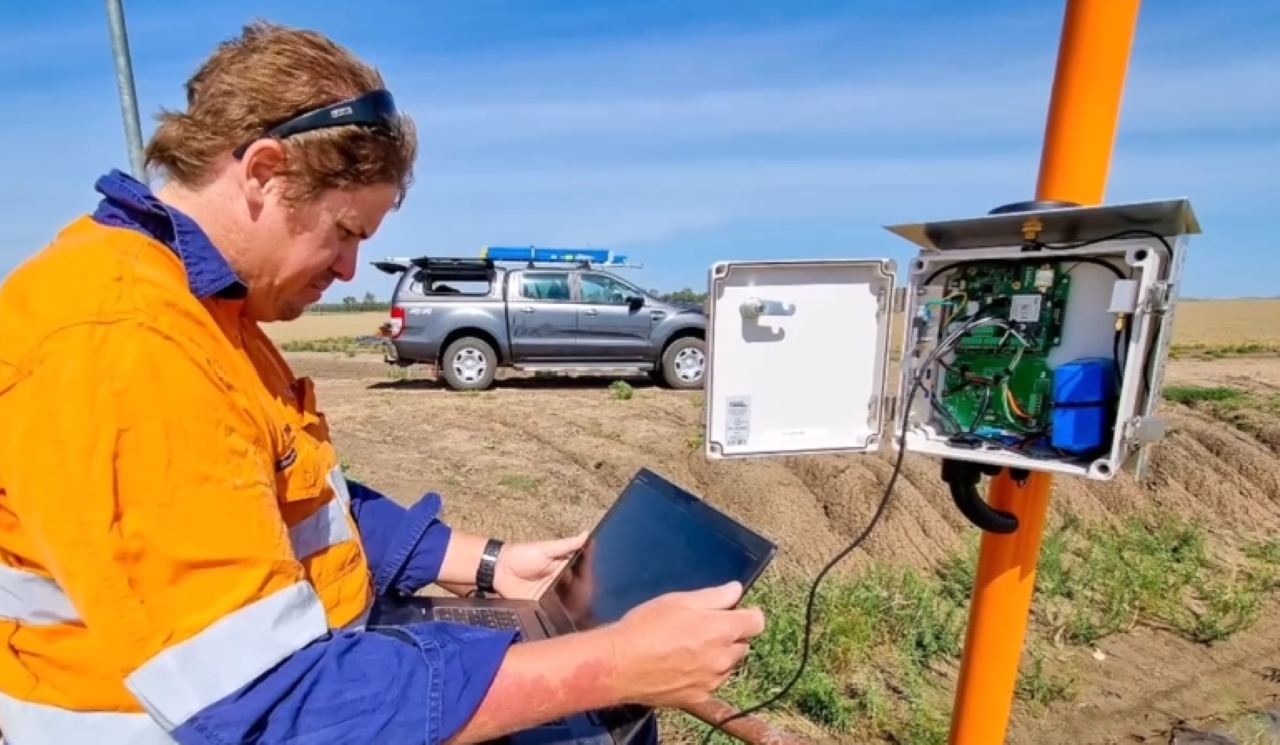Should we be forced to slow down on country roads?
Lee O'Connor
28 October 2025, 8:20 PM
 Speed limits on many of our region's roads may be reduced.
Speed limits on many of our region's roads may be reduced.Drivers in regional Australia may have missed a federal government call for submissions on their proposed Regulatory Impact Analysis (RIA) on reducing the default speed limit outside of built-up areas.
Options focus on reducing road accidents in order to meet the national road trauma reduction target of halving road deaths by 2030 by reducing speed limits.
Over the last decade, 65% of Australia's road fatalities have occurred outside of major cities.
Of road deaths outside of major cities, 85% occurred on roads with speed limits at and above 80km/h.
While crashes result from a range of factors, government research shows speed remains the single most significant contributor to road trauma.
The proposal was made public through a government website on 3 October and closed for comment on Monday 27 October.
The reform options would apply to regional, local and rural roads that currently have no designated speed limit.
In our shire this includes many sealed and all unsealed roads.
The current default speed limit on these roads is 100 kilometres per hour (km/h).
The reform options include reducing limits on sealed roads to 90km/h, 80 km/h or 70km/h and on unsealed roads to either 80 km/h or 70 km/h.
The government argues the benefits of avoiding road fatalities and serious injuries, lower fuel consumption and lower emissions from fuel.
This costs identified were increased travel time for private, business and freight, and increased government administrative costs.

Parkes MP Jamie Chaffey
According to the website, the central assumptions are that a 70 km/h speed limit would 'offer the highest total benefits, but at higher costs', while 80 km/h 'offers a balance between benefits and costs.'
Member for Parkes Jamie Chaffey has come out swinging in response to the proposal.
"The Albanese Government’s plan to find an answer to substandard roads by telling regional people to drive more slowly is laughable," he said.
"Labor Minister Catherine King is proposing reducing speed limits on dirt, gravel or sealed roads in need of repair."
Mr Chaffey argues that the Federal Government should instead focus on funding repairs and upgrades on regional roads to make them safer.
"The Federal Government’s commitment to funding for regional roads has been in a steep decline for the past three years," he said.
"During that time, the road infrastructure backlog figure has blown out to an average of $236.7 million a year across the Parkes electorate, according to NRMA figures.
"That is an increase of more than 250% in the electorate in the years of this Labor Government."
Coonamble Shire Council say they first heard about the proposal on Friday 24 October, leaving just one working day to make a submission.
Deputy mayor Steven Butler says the proposed limits are very concerning and could be counterproductive.
"This would add extra travel time and put families at risk, potentially causing more accidents with impatient drivers," he said.
"Country motorists travel long distances daily and the combination of heavy vehicle lengths and lower speed limits would make over-taking difficult and dangerous.
"I will be encouraging council to advocate to our Member of Parliament."
The Regulatory Impact Analysis (RIA) on reducing default speed limits is being managed by the Department of Infrastructure, Transport, Regional Development, Communications, Sport and the Arts.
The Western Plains App contacted the Department on Monday morning with questions but received no response to date..
It is unclear whether further consultation is planned.
According to the Department's website, 'the RIA will recommend a preferred option to amend the Australian Road Rules.'
'State and territory governments may consider alternate options that will deliver net benefits, as well as other jurisdictional considerations, when amending their road rules.'



